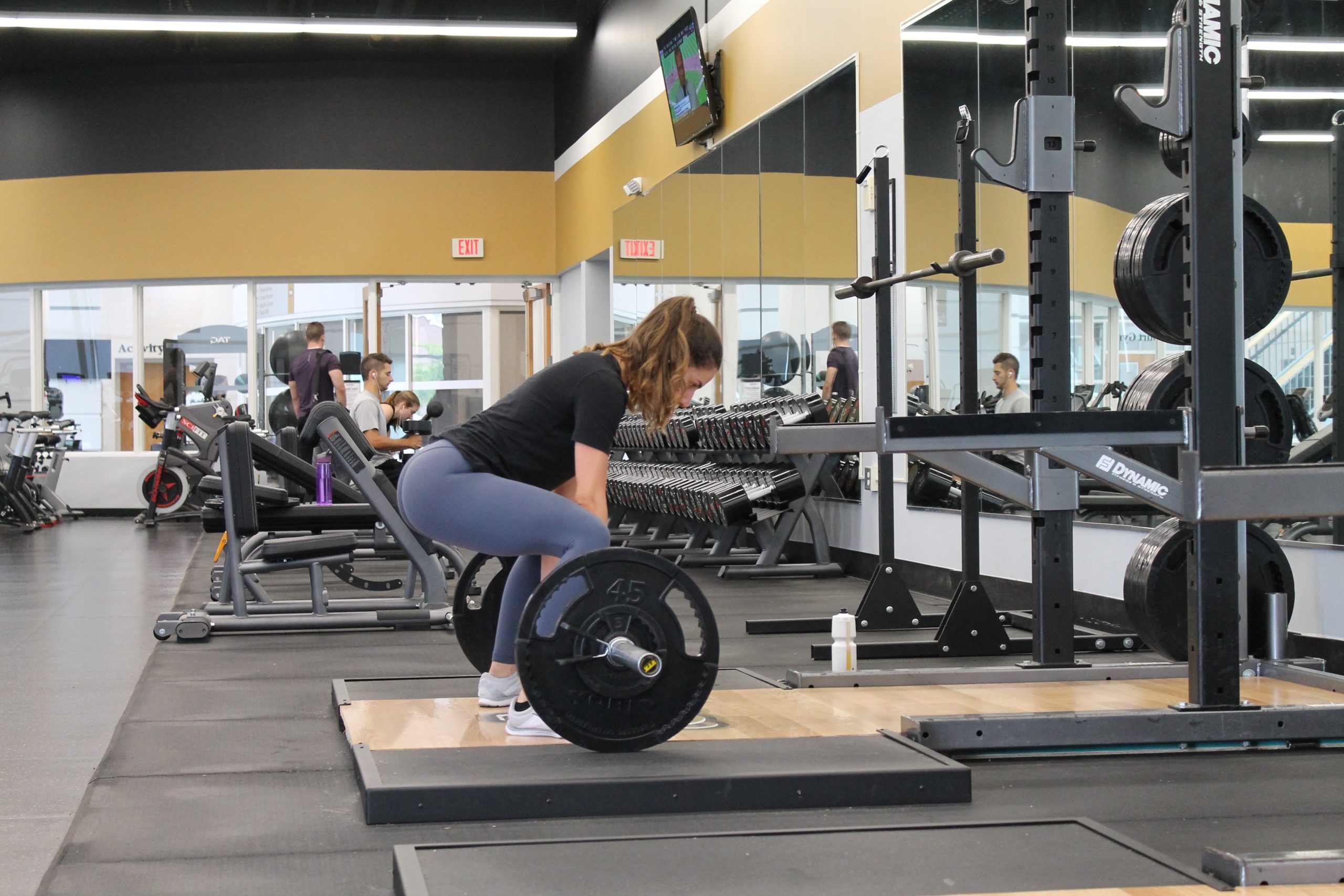Are you tired of hitting the gym day after day without seeing much progress? Are you looking for ways to increase muscle mass and improve your athletic performance? Look no further than protein synthesis. This intricate process, starting from amino acids, plays a vital role in building bigger and stronger muscles. In this blog post, we will unpack the mechanisms behind protein synthesis and explore how it can help take your fitness game to the next level. So get ready to flex those biceps as we dive into the science of muscle growth!
What is protein synthesis?
Protein synthesis is the process whereby biological cells generate new proteins. It is accomplished by the ribosomes, which are small organelles that catalyze the formation of peptide bonds between amino acids. This process is used by all living organisms to generate the proteins that they need to survive and grow.
Protein synthesis begins with the activation of an amino acid by a molecule of ATP. The activated amino acid then binds to a specific transfer RNA (tRNA) molecule, which carries it to the ribosome. At the ribosome, the tRNA molecule binds to a complementary sequence of RNA known as messenger RNA (mRNA). The binding of tRNA to mRNA initiates protein synthesis, during which time the ribosome catalyzes the formation of a peptide bond between the amino acid carried by the tRNA and another amino acid present in the mRNA. This process continues until all of the amino acids have been linked together and a protein has been produced.
Protein synthesis is a highly regulated process that ensures that proteins are produced only when and where they are needed. Several factors can influence protein synthesis, including hormones, enzymes, and other signaling molecules. When protein synthesis is disrupted, it can lead to serious consequences such as disease or death.
The role of amino acids in protein synthesis
Amino acids are the building blocks of proteins, and they play a vital role in protein synthesis. When you eat foods that contain protein, your body breaks down the protein into individual amino acids. These amino acids are then used to build new proteins, including muscle proteins.
There are 20 different amino acids that can be used to build proteins, and each one has a unique role in the body. Some amino acids are essential, meaning that your body cannot make them on its own and you must get them from your diet. Other amino acids are non-essential, meaning that your body can produce them on its own.
Essential amino acids must be present in order for protein synthesis to occur. Non-essential amino acids can also be used for protein synthesis, but they are not required. Regardless of whether an amino acid is essential or non-essential, all 20 amino acids play an important role in the process of protein synthesis.
The mechanisms of protein synthesis
Amino acids are the building blocks of proteins, and protein synthesis is the process by which those amino acids are arranged into larger proteins. There are two main mechanisms of protein synthesis: transcription and translation.
Transcription is the first step in protein synthesis, and it occurs in the nucleus of the cell. In transcription, RNA polymerase binds to DNA and creates a template for RNA synthesis. This RNA template is then used to produce a complementary strand of RNA, which is called messenger RNA (mRNA).
Translation is the second step in protein synthesis, and it occurs in the ribosomes of the cell. In translation, mRNA binds to ribosomes and directs the assembly of amino acids into proteins. The sequence of amino acids in a protein is determined by the sequence of nucleotides in the mRNA.
Protein synthesis is a complex process that requires many different molecules and enzymes. However, understanding the basics of how it works can help us better understand how our bodies create new proteins.
Enzymes and proteins involved in protein synthesis
Proteins are built from amino acids, and the process of protein synthesis is catalyzed by enzymes. Enzymes are proteins themselves, and they speed up chemical reactions in living things. There are many different enzymes involved in protein synthesis, each with a specific function.
Amino acids are joined together by a process called translation. Translation occurs on ribosomes, which are made up of RNA and protein. The ribosome reads the genetic code in DNA or RNA and assembles amino acids into proteins. The order of amino acids in a protein is determined by the sequence of nucleotides in the DNA or RNA molecule.
Enzymes that unwind and unzip DNA or RNA molecules are called helicases. These enzymes make it possible for the ribosome to access the genetic code. Other enzymes, called transferases, attach amino acids to one another to form proteins.
Protein synthesis is a complex process that involves many different enzymes and proteins. By understanding the mechanisms of protein synthesis, scientists can develop better treatments for diseases that affect this process.
Regulation of protein synthesis
Proteins are the building blocks of our muscles, so it’s no surprise that protein synthesis is essential for muscle growth. But what exactly is protein synthesis, and how does it work?
In order to understand protein synthesis, we first need to understand a bit about amino acids. Amino acids are the basic units of proteins, and there are 20 different types of amino acids that can be combined to form a protein. Different proteins are made up of different combinations of amino acids, which is what gives them their unique structure and function.
Amino acids are joined together by peptide bonds to form a protein chain. This process is known as peptide bond formation. Once the amino acids are joined together, the protein chain can fold into a specific three-dimensional shape. This shape is determined by the sequence of amino acids in the protein chain.
Protein synthesis refers to the process by which cells produce proteins from amino acids. The first step in protein synthesis is called transcription. Transcription is when DNA is copied into RNA. RNA is similar to DNA, but it’s single-stranded instead of double-stranded, and it has a different sugar (ribose instead of deoxyribose).
The second step in protein synthesis is called translation. Translation is when RNA is used to produce a protein from amino acids. This process happens in two steps: first, the RNA molecule attaches to a ribosome; then,
Clinical significance of protein synthesis
Proteins are the key molecules in cell signaling and play a vital role in many cellular processes, including cell growth and differentiation. Protein synthesis is the process by which cells produce proteins. Clinical significance of protein synthesis has been studied in relation to various diseases and conditions, including cancer, heart disease, and Alzheimer’s disease.
Cancer is characterized by uncontrolled cell growth. One potential therapeutic strategy for cancer is to target protein synthesis. Studies have shown that inhibiting protein synthesis can reduce tumor growth in animal models of cancer.
Heart disease is the leading cause of death in the United States. One theory behind the development of heart disease is that damaged proteins accumulate in the heart over time and lead to heart muscle cell death. If protein synthesis could be inhibited, it might be possible to prevent or treat heart disease.
Alzheimer’s disease is a neurodegenerative disorder that leads to cognitive decline and dementia. A build-up of abnormal proteins in the brain is thought to be one of the causes of Alzheimer’s disease. Inhibiting protein synthesis may help to prevent or treat Alzheimer’s disease.
Conclusion
To summarize, protein synthesis is a complex process that begins with the ingestion of amino acids and ends with the construction of new proteins. Along the way, these amino acids are first broken down into smaller molecules before they can be reassembled again to form larger proteins. This intricate biochemical process plays an essential role in building muscle tissue and thus contributes significantly to achieving physical fitness. Understanding the mechanisms behind protein synthesis is essential not only for athletes but also for anyone looking to improve their health from a molecular level.










